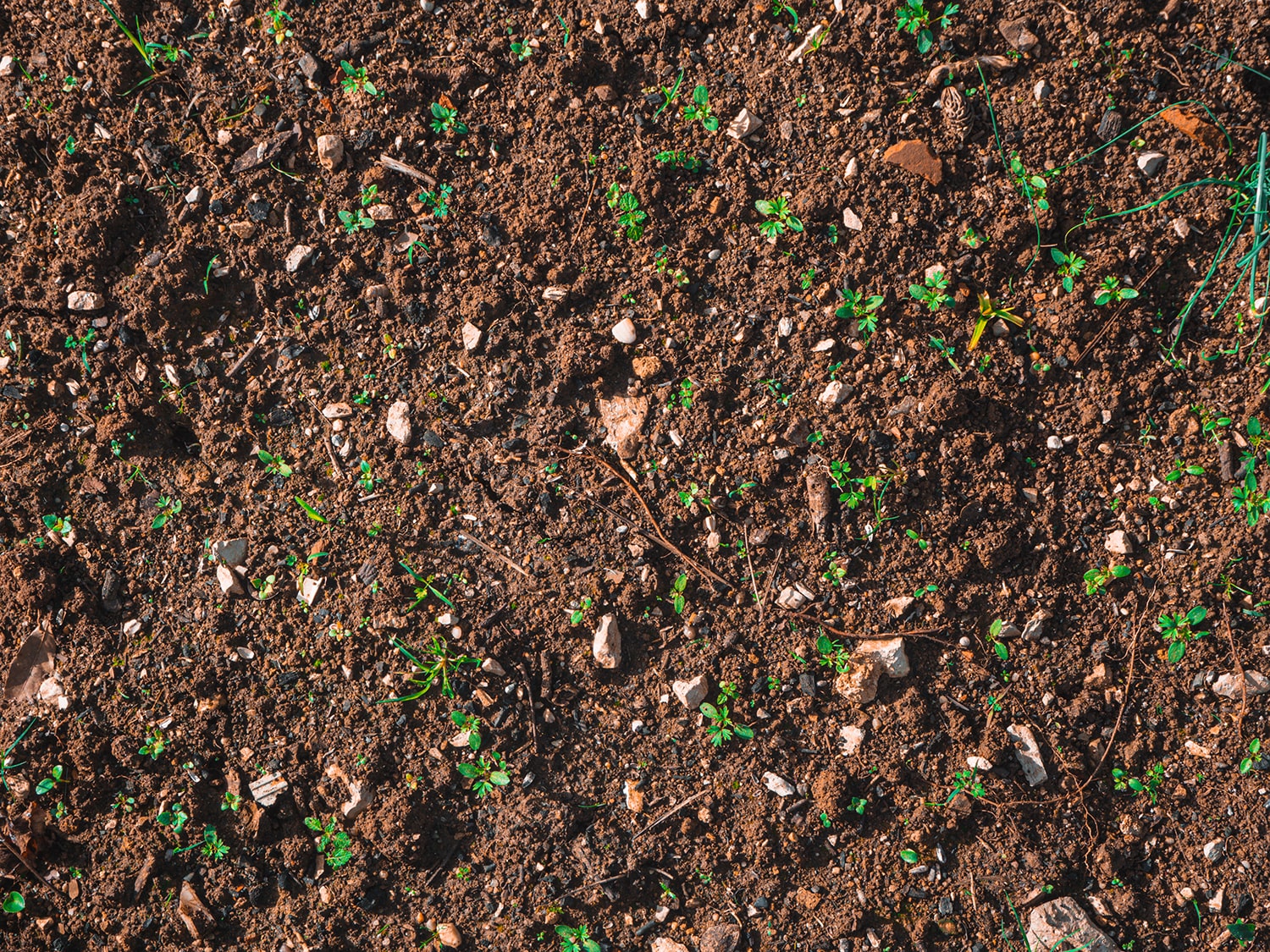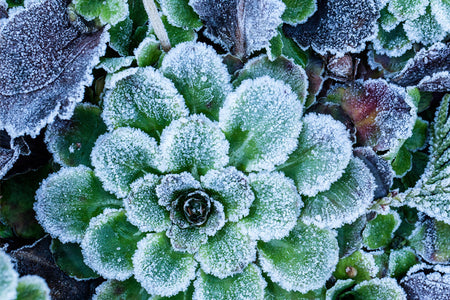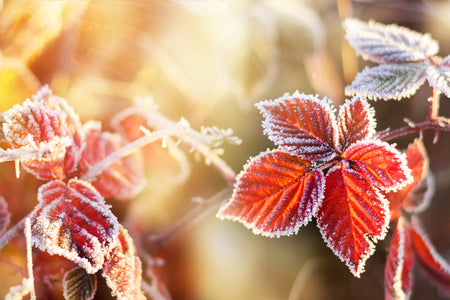Goodbye, lemonade. Hello, apple cider! Before shorter days and cooler nights signify the end of planting season, you need to get your garden ready for fall. Let these four fall garden tips serve as your guide.
1. Tidy up your yard
One of the best ways you can prepare your garden for fall is clearing out summer vegetables, flowers, and weeds. Put these tasks on your to-do list:
- Divide perennial roots and relocate them to keep them healthy and ready for spring.
- Pull and compost leftover plants, like rhubarb and asparagus ferns.
- Pull or hoe weeds.
- Mix your soil with compost and minced tree leaves, row it, and cover it with mulch to prep for future planting. You can save money on this step by making your own potting mix — equal parts peat moss, perlite, and compost — and use a garden auger to blend it all together.
- Push garlic cloves a couple of inches into the soil to prevent ground rot.
- Bring potted plants inside to keep ants and small critters from snoozing in them all winter. Water the soil a few times to remove any spider mites and apply mulch to its surface to prevent any soil-eating gnats from entering your home.
2. Give your lawn some TLC
You especially need to follow fall garden tips if you’ve worked a lot in your garden. Between planting, watering, mowing, and weed whacking, your lawn experiences a lot of wear and tear during spring and summer. It’s time to give your garden extra attention.
- Spray a high-potassium fertilizer to help the grass roots absorb and store nutrients during its dormant season. If you live in a warmer climate, applying a preventative herbicide can also help you handle pesky cool-season weeds as they sprout.
- Overseed your lawn with cool-season grass, like rye grass, to ensure thick, healthy grass, fill bare patches, and improve its color. Fall is the ideal season for overseeding because weed seeds don’t germinate then, and cooler temperatures reduce pest and fungus growth.
- Mow leaves instead of raking them. Known as leaf mulching, this practice is better for your back, lawn, and local wildlife. As they decompose, the leaves serve as both a natural fertilizer and a place for butterflies and months to overwinter. If the leaves are so thick that they’re completely covering or smothering your grass, however, rake and bag them.
3. Plant cold-weather crops
As you pick the last of your summer crops, it’s time to plant some fall ones so you can enjoy your vegetable garden until the first frost arrives. If you live in warmer states, bean, cauliflower, and squash seeds should be on your shopping list. If you live in a harsher, colder climate, look for cold-tolerant vegetables like kale, chard, and spinach. (To determine which plants are most likely to thrive in your location, check out the USDA’s Plant Hardiness Zone Map.)
4. Clean and store your tools
Keep gardening tools in good condition to save you time and effort.
- Use a rag to wash off the thick, heavy debris and grime that stuck on your tools over the spring and summer.
- Coat metal parts in all-purpose oil, like WD-40, to prevent rust.
- Glaze wooden handles in linseed oil to prevent drying, cracking, or giving you splinters.
- Store tools in a clean, dry space that maintains a consistent temperature and minimal moisture exposure.
- Sharpen your tools to keep them from growing dull over time — making them less useful and more dangerous.
The end of summer doesn’t mean the end of enjoying your beautiful garden, especially if you apply these fall garden tips. Be proactive now to ensure a more successful, less laborious growing season come spring.







